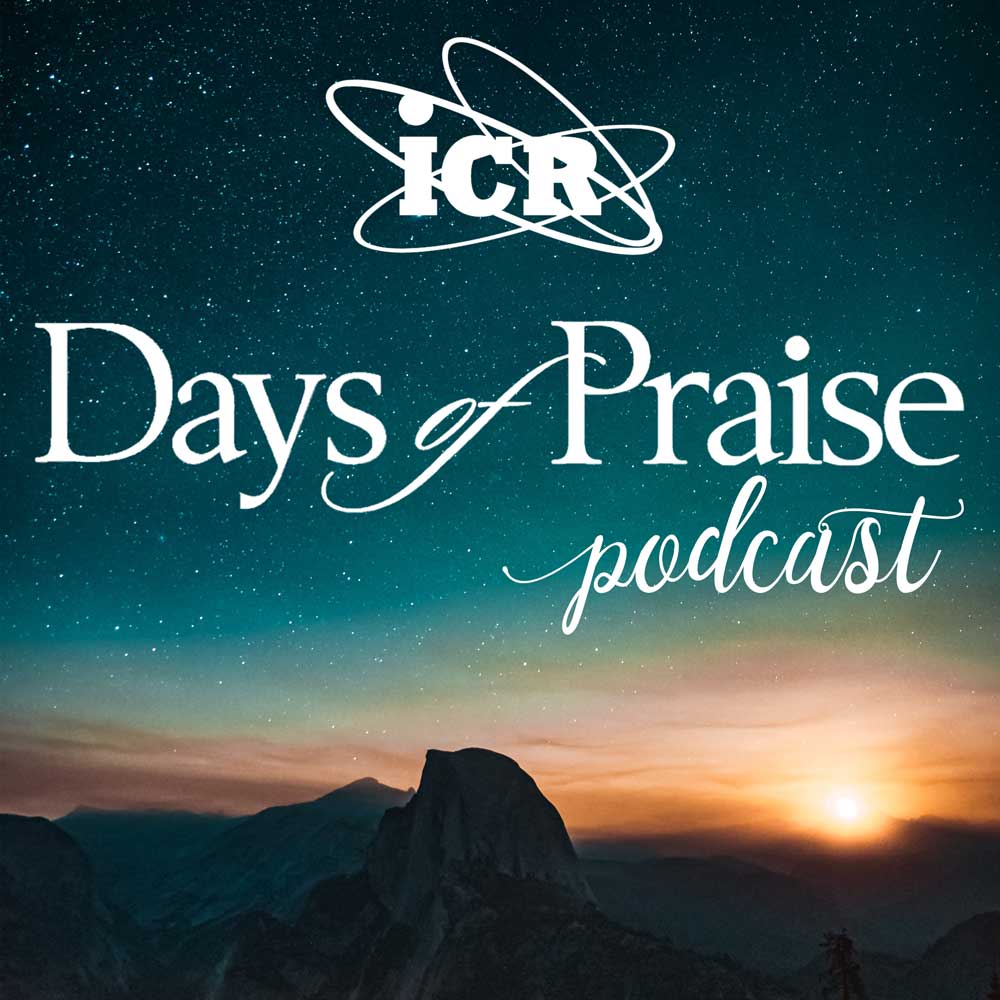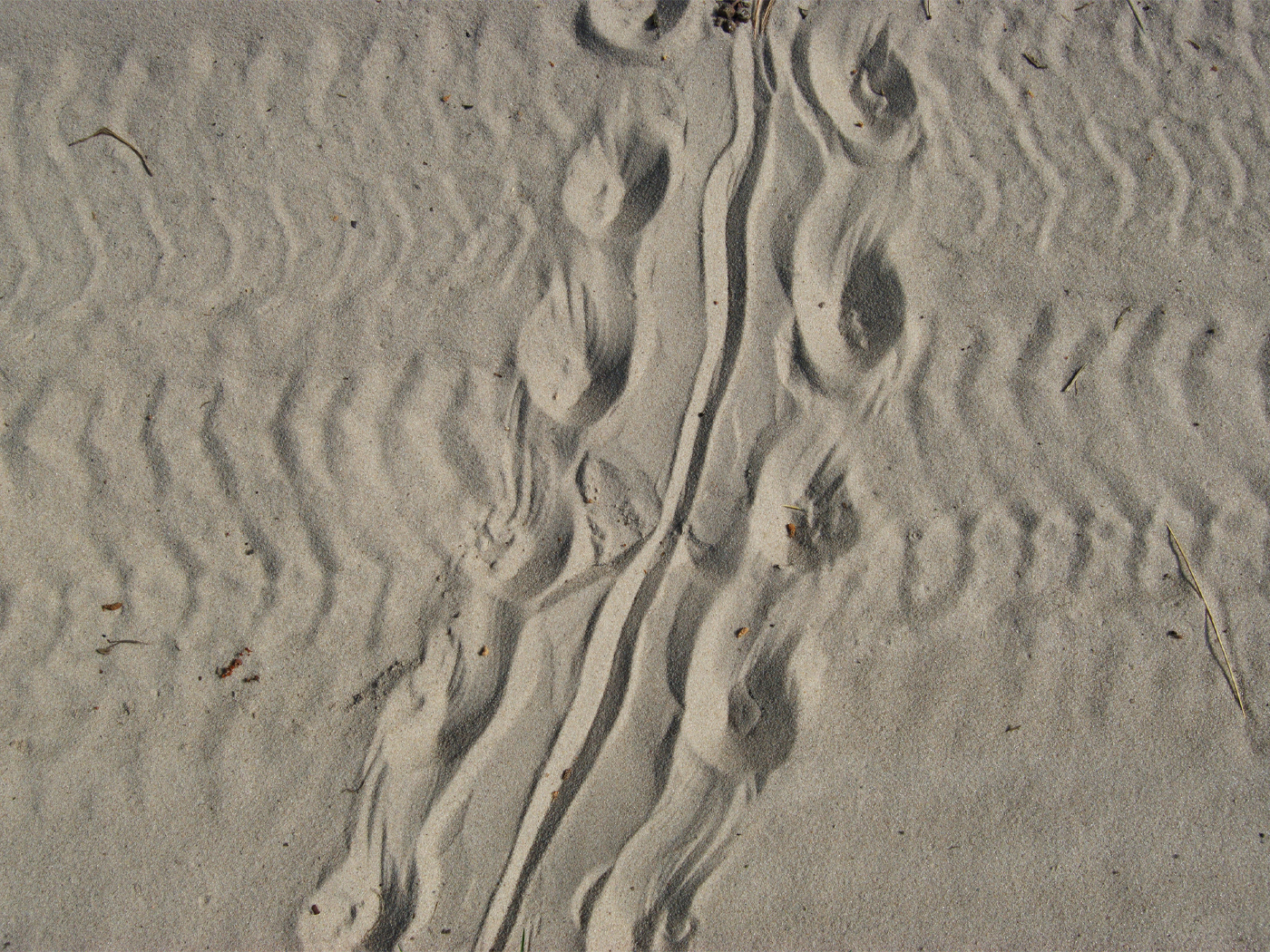“Now the God of peace, that brought again from the dead our Lord Jesus, that great shepherd of the sheep, through the blood of the everlasting covenant.” (Hebrews 13:20)
This is the only verse in the book of Hebrews that refers specifically to Christ’s resurrection from the dead. It occurs at the climactic conclusion of the book (which had previously referred at least 17 times to the atoning death of Christ) and is associated with God’s everlasting covenant with His people.
The covenant theme is strong in Hebrews. The Greek word diatheke, which is also frequently translated “testament,” occurs more in Hebrews than in all the rest of the New Testament (or “New Covenant”) put together. The word basically means a contract, especially one for disposition of an inheritance.
A number of God’s divine covenants are mentioned in Scripture, but the writer of Hebrews is especially concerned with God’s new covenant (or “new testament”). It is surely the most significant of all covenants.
This new covenant is also called “a better covenant” (Hebrews 7:22; 8:6). It is best defined in Hebrews 8:10-12, quoting Jeremiah 31:33-34: “I will put my laws into their mind, and write them in their hearts:…and their sins and their iniquities will I remember no more.” Christ is “the mediator of the new testament, that by means of death, for the redemption of the transgressions that were under the first testament, they which are called might receive the promise of eternal inheritance” (Hebrews 9:15).
The inheritance is eternal because the covenant is everlasting. The blood of the covenant is the infinitely precious blood of Christ, whom God has raised from the dead, and now “he ever liveth to make intercession” for all those who “come unto God by him” (Hebrews 7:25). HMM
 Days of Praise Podcast is a podcast based on the Institute for Creation Research quarterly print devotional, Days of Praise. Start your day with devotional readings written by Dr. Henry Morris, Dr. Henry Morris III, and Dr. John Morris to strengthen and encourage you in your Christian faith.
Days of Praise Podcast is a podcast based on the Institute for Creation Research quarterly print devotional, Days of Praise. Start your day with devotional readings written by Dr. Henry Morris, Dr. Henry Morris III, and Dr. John Morris to strengthen and encourage you in your Christian faith.












